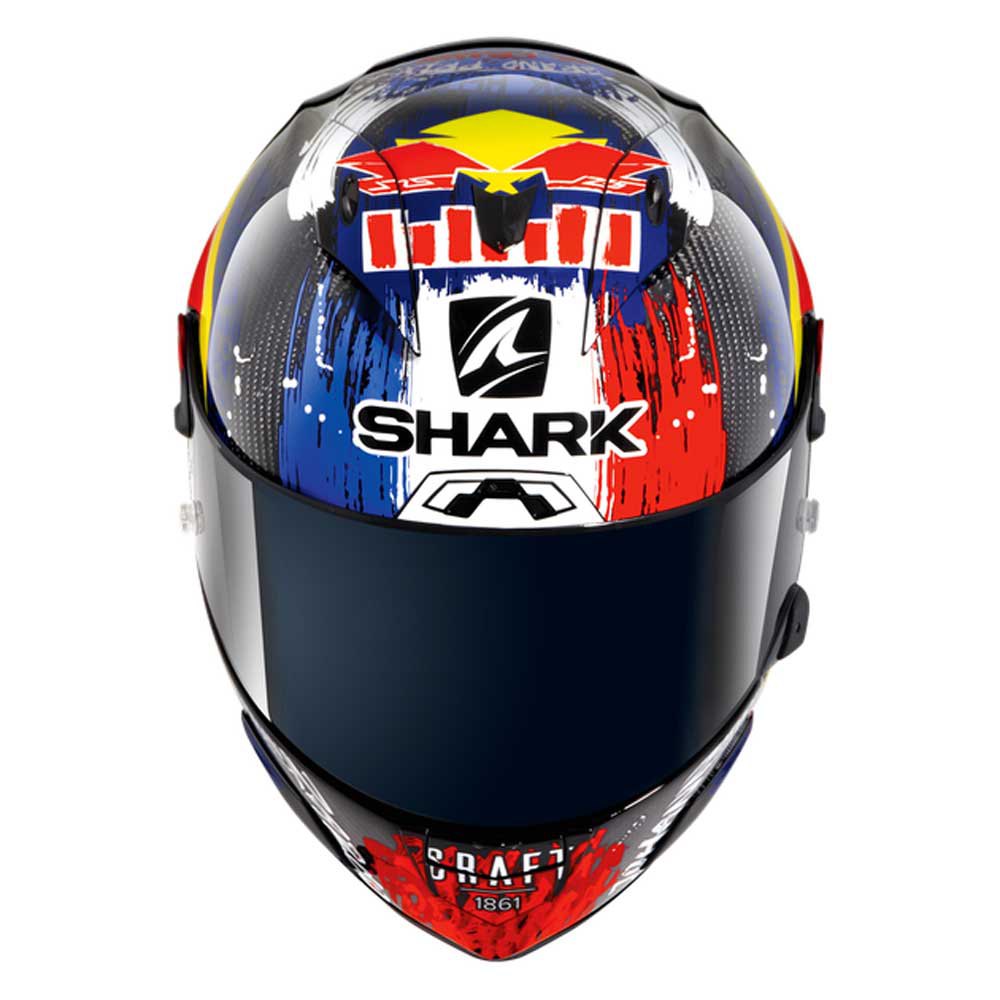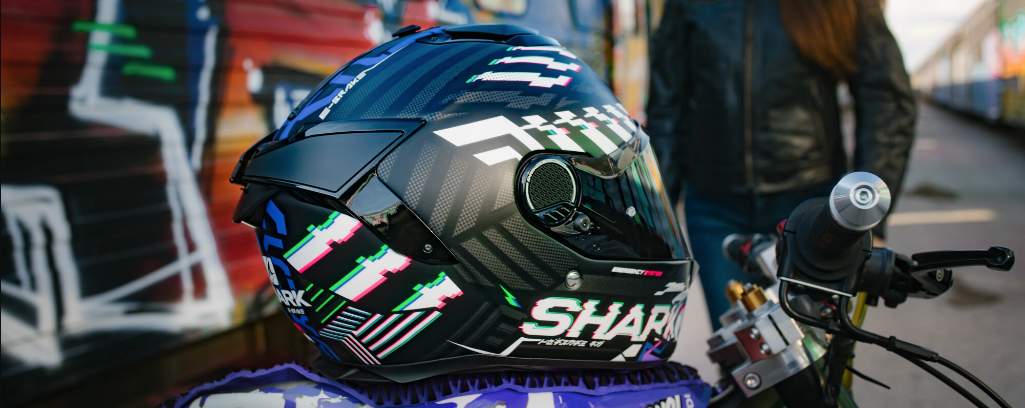Guide to Buying Essential Riding Gear
Ride a motorcycle is a different feeling for everyone. Some people do it because it is their primary mode of transport. Some people do it because it is more convenient at times than using a car. And, some people do it because they simply love the feeling of freedom that is accompanied by the act of riding a motorcycle. All three of these are great reasons to ride a motorcycle, but the one thing that everyone who rides should understand is the the importance of riding gear, and the type of gear one should go for according to the conditions one rides in. Before we dive deeper in to the subject, let us reiterate that riding gear is crucial for rider safety and one should always strive to be wear it, no matter how short the ride.
A helmet is one of the most crucial pieces of riding gear as it protects your head. Now, before we dive into the details, you should know that helmets are of various types. However, the most important choice you will have to make before buying one is if you want a helmet for street riding or for off-road riding. These helmets differ in their construction, and you should pick a helmet depending on the terrain you ride on most of the times. Helmets also come with certifications from various certification agencies that determine the safety quotient of a helmet. Snell, DOT and ECE are the most popular helmet certification agencies around the world, and if your helmet meets the latest versions of these standards, then it is one of the safest pieces of head gear one car wear riding a motorcycle.

A riding jacket helps protect your torso and abdomen when you are on a motorcycle, and just like a helmet, it is off many types. Upper body protection changes when you are riding on-road or off-road. For on-road riding, there are many types of jackets. You get summer jackets with proper ventilation, winter jackets that will help you ride I the most freezing of conditions, but they all come with protection for the shoulders, elbows, bak and chest. Some of these protectors might not be sold with the jacket and may need to be bought separately. Two companies that makes a host of riding jackets for all scenarios are Byke’It and Revit. Check them out over here.

Gloves are an instrumental piece of riding gear, not just because they protect your hands. In fact, your hands are one of the parts of your body that helps you control a motorcycle, and therefore, it is important that motorcycle riding gloves be comfortable, provide feedback, and yet protect you in the event of a crash. Therefore, it is important to find the right size for you, and there is no better way to do that by going to the store and trying them on. Gloves are also of many types, but the biggest difference between them is the length of the cuff. Short cuff gloves are more comfortable for street riding whereas longer cuff gloves work better for higher speed scenarios as they offer more protection, such as track riding.
Riding pants help protect your legs and hips, and no matter the distance you ride, riding pants need to be comfortable so that you are at ease on a motorcycle. Just like jackets, you get different types of jackets for riding in hot and cold weather, and you should pick based on where you ride. All pants come with knee protectors and some even get hip protectors as well. For everyday riding, the BYKE'IT! Alpha Jeans makes perfect sense. It gets Dyneema single layer fabric technology that keeps the bulk of the pants down to a minimum, offers similar levels of protection as regular riding pants and is comfortable to wear everyday.




